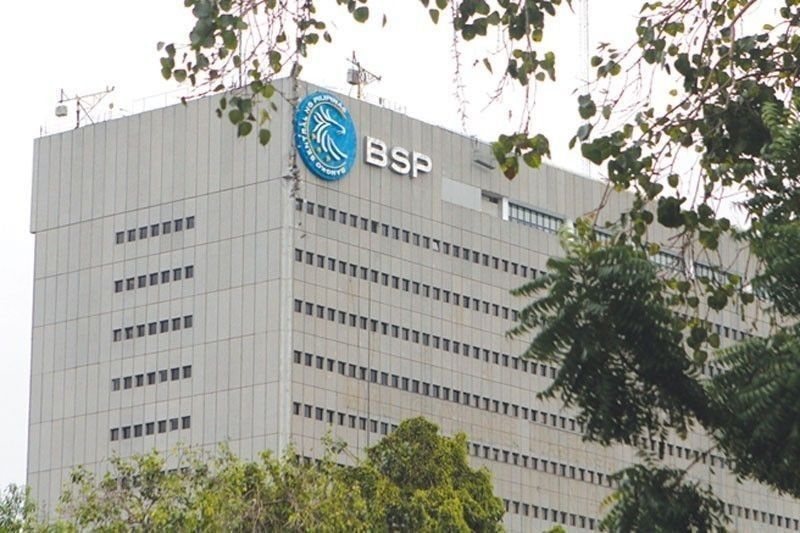Banks’ NPL ratio falls below 4%

MANILA, Philippines — The non-performing loan (NPL) ratio of Philippine banks eased to its lowest level in 15 months in April, falling below four percent for the first time this year, according to the Bangko Sentral ng Pilipinas.
BSP data showed that the NPL ratio of banks slipped to 3.93 percent in April from 4.08 percent in March as the economy recorded a stronger-than-expected growth of 8.3 percent in the first quarter amid the further reopening of the economy.
This was the lowest NPL ratio for the country’s banking sector since the 3.72 percent recorded in January last year.
Banks’ bad loans declined by 2.7 percent to P447.44 billion in April from P463.66 billion in the same month last year.
On the other hand, the industry’s loan book grew at a faster rate of 6.9 percent to P11.39 trillion in April from P10.65 trillion a year ago amid the further reopening of the economy, as the National Capital Region (NCR) and nearby provinces gradually shifted to Alert Level 1 in March after being upgraded to Alert Level 3 in January when COVID-19 cases hit record highs due to the more contagious Omicron variant.
The NPL ratio of Philippine banks peaked at a 13-year high of 4.51 percent in July and August last year before declining steadily to 3.97 percent in December.
The past due loans, referring to all types of loans left unsettled beyond payment date, decreased by 7.8 percent to P529.3 billion from P574.13 billion for a past due ratio of 4.65 percent.
Loans restructured by banks surged by 40.7 percent to P340.5 billion in April from P242.04 billion in the same month last year, translating to a restructured loan ratio of 2.99 percent.
This prompted banks to beef up their allowance for credit losses, which went up by 7.3 percent to P405.4 billion from P377.81 billion, for a higher loan loss reserve level of 3.56 percent.
This translated to a higher NPL coverage ratio of 90.6 percent as of end-April from 81.48 percent in end-April last year. The BSP sees the NPL ratio of Philippine banks accelerating and peaking at 8.2 percent for this year.
Despite the robust gross domestic product growth in the first quarter, the Cabinet-level Development Budget Coordination Committee adjusted this year’s GDP growth target to a range of seven to eight percent instead of seven to nine percent due to the impact of Russia’s invasion of Ukraine.
The Philippines exited the pandemic-induced recession with a GDP expansion of 5.7 percent last year after shrinking by 9.6 percent in 2020.
- Latest
- Trending


























